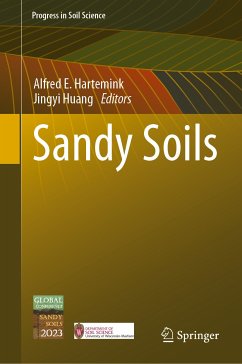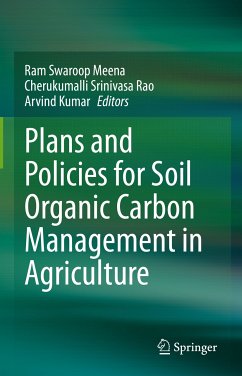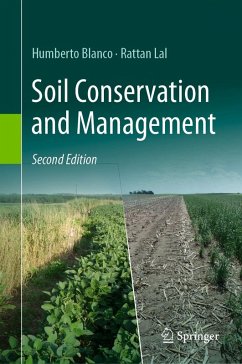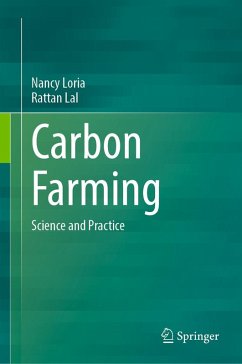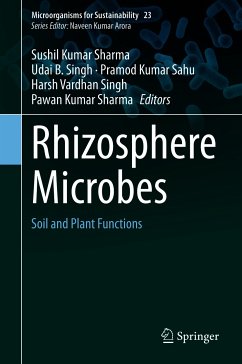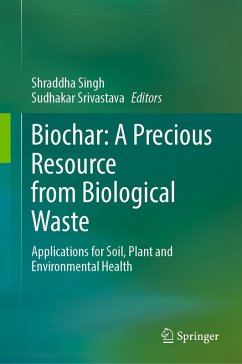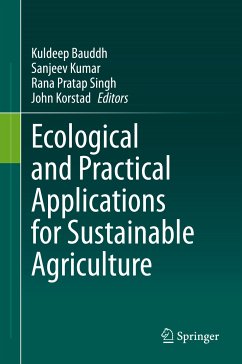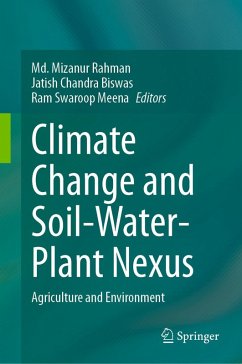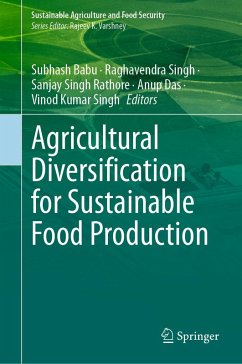
Soil Carbon Dynamics in Indian Himalayan Region (eBook, PDF)
Versandkostenfrei!
Sofort per Download lieferbar
160,95 €
inkl. MwSt.
Weitere Ausgaben:

PAYBACK Punkte
80 °P sammeln!
The contributed volume assimilates the knowledge, experience, and exciting aspects of soil carbon research in the Indian Himalayan region. It includes different aspects and factors associated with soil carbon sequestration in the region, one of the biodiversity hot spots and highly vulnerable to climatic change impacts. Information on different aspects of soil organic carbon dynamics concerning adaptive land management practices and anthropogenic impacts is covered. Further topics include applying advanced tools and techniques to soil carbon vis-a-vis soil erosion research. This book is of int...
The contributed volume assimilates the knowledge, experience, and exciting aspects of soil carbon research in the Indian Himalayan region. It includes different aspects and factors associated with soil carbon sequestration in the region, one of the biodiversity hot spots and highly vulnerable to climatic change impacts. Information on different aspects of soil organic carbon dynamics concerning adaptive land management practices and anthropogenic impacts is covered. Further topics include applying advanced tools and techniques to soil carbon vis-a-vis soil erosion research. This book is of interest to researchers and policymakers involved in soil carbon research and offer ideas to enhance the soil carbon in the region concerned. In addition, the book will provide up-to-date information for researchers interested in soil carbon research for the maintenance of soil quality and fertility in the climate-vulnerable Indian Himalayan region.
Dieser Download kann aus rechtlichen Gründen nur mit Rechnungsadresse in A, B, BG, CY, CZ, D, DK, EW, E, FIN, F, GR, HR, H, IRL, I, LT, L, LR, M, NL, PL, P, R, S, SLO, SK ausgeliefert werden.



